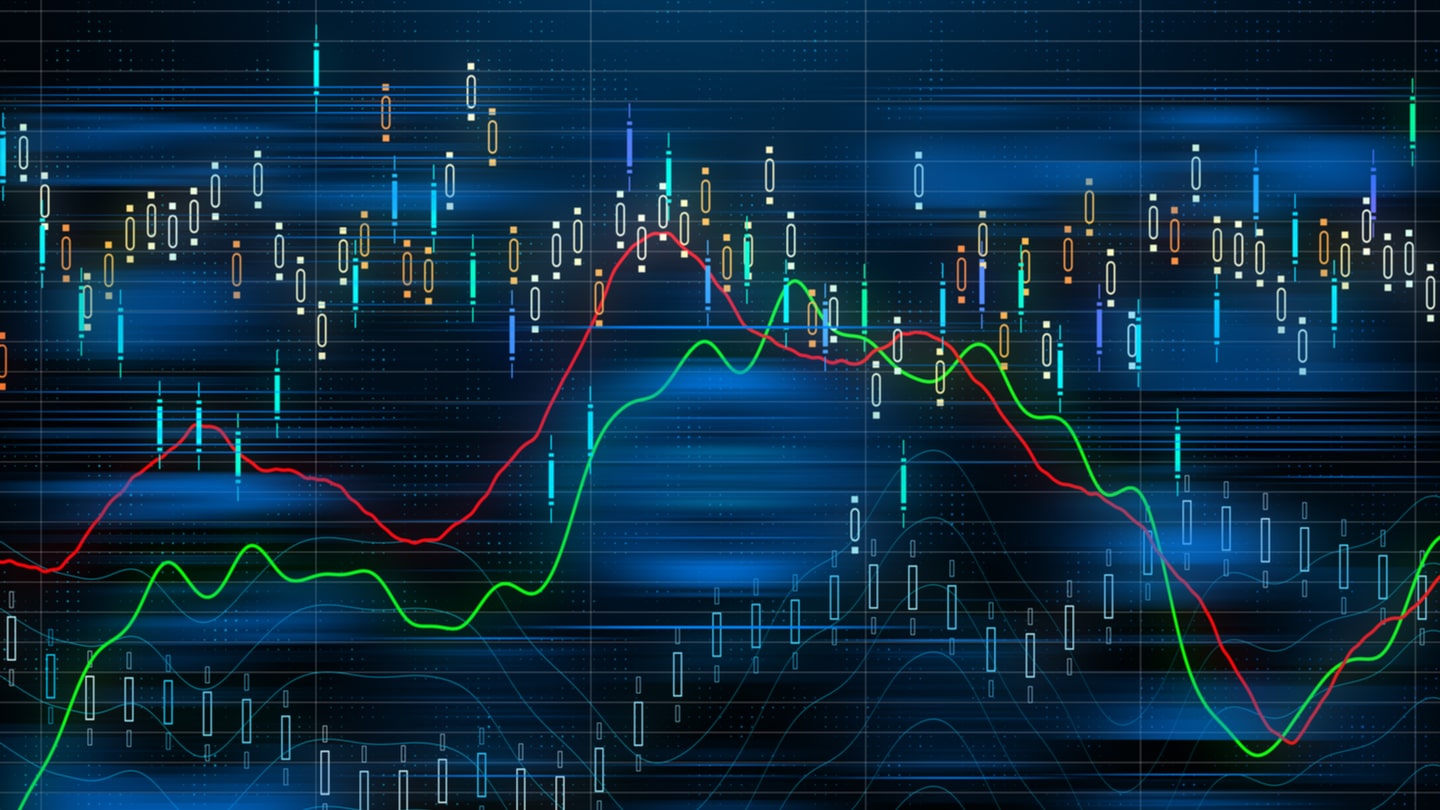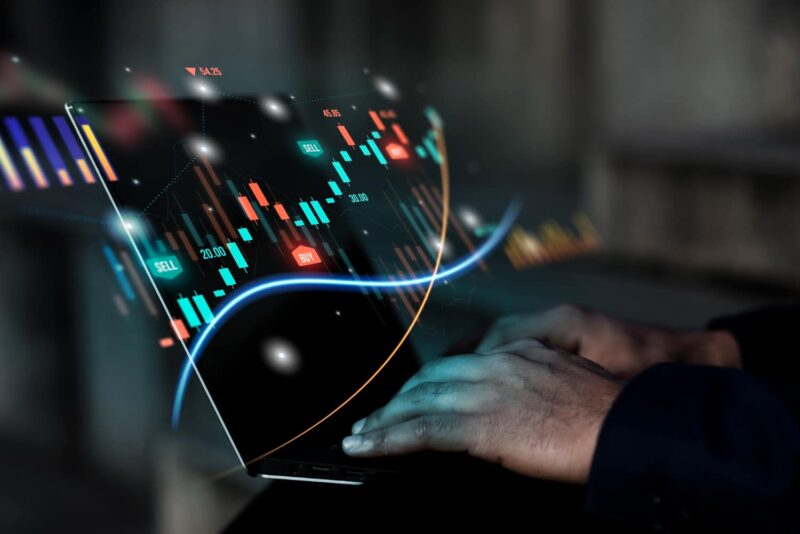In todays fast-paced financial landscape, automated trading software has emerged as a game-changer, offering traders a tantalizing promise of efficiency and profit. Yet, as the algorithms chug along, executing trades at lightning speed, a nagging question persists: just how safe are these digital workhorses? While the allure of automated trading lies in its potential to eliminate emotional biases and capitalize on fleeting market opportunities, it also opens the door to a host of vulnerabilities and risks.
From system malfunctions to cybersecurity threats, the very technology designed to enhance trading performance can also jeopardize profits. Understanding the complexities of automated trading isn’t just a matter of technological insight; it’s crucial for safeguarding your investments in an increasingly automated world.
In this article, we delve into the nuances of automated trading software, exploring the inherent risks and revealing strategies to protect your profits from the machines that, for better or worse, are reshaping the financial markets.
The Benefits of Automated Trading

Automated trading offers a compelling array of benefits that can revolutionize the way traders approach the markets. First and foremost, it removes the emotional component that often clouds decision-making; algorithms execute trades based on data-driven strategies, not feelings.
Imagine making decisions with cool precision, free from fear or greed—this is the power of automation. Additionally, automated trading platforms can analyze vast amounts of market data at lightning speed, identifying patterns and opportunities that a human might overlook. The ability to trade 24/7 means that one can capitalize on global market movements without needing to be tethered to a screen.
Furthermore, these systems can optimize strategies and adjust parameters in real-time, adapting to shifting market conditions with remarkable agility. The synergy of efficiency, speed, and emotional detachment makes automated trading an enticing option for traders seeking to maximize their profits while minimizing risks.
Assessing the Risks of Automated Trading

Assessing the risks of automated trading is not merely a matter of scrutinizing algorithms; its delving into a labyrinth of potential pitfalls that can arise at astonishing speed. While the allure of swift trades and data-driven decisions beckons, there exists an undercurrent of vulnerability.
Market volatility can unleash chaos, leading algorithms to execute trades that defy logical judgment — a phenomenon famously dubbed “flash crashes.” Moreover, technical glitches or connectivity issues can instantaneously transform a promising day into a catastrophic financial freefall.
It’s imperative for traders using automated systems to conduct rigorous testing, maintain vigilant oversight, and implement robust risk management strategies, ensuring that the very tools designed to enhance trading performance dont spiral into instruments of loss. As the landscape evolves and technology advances, so too must our approaches to safeguarding investments in this automated arena.
Conclusion

In conclusion, while automated trading software can offer significant advantages, including efficiency and the ability to execute complex strategies swiftly, it is essential for traders to approach these platforms with caution and a well-informed mindset. The potential for profit comes hand in hand with risks, particularly in terms of data security and market volatility.
To protect your investments and ensure a safer trading experience, thorough research, continuous monitoring, and the implementation of robust risk management strategies are crucial. By understanding the inherent risks and leveraging the strengths of automated trading platforms, traders can navigate the complexities of the market more effectively and safeguard their financial goals.


